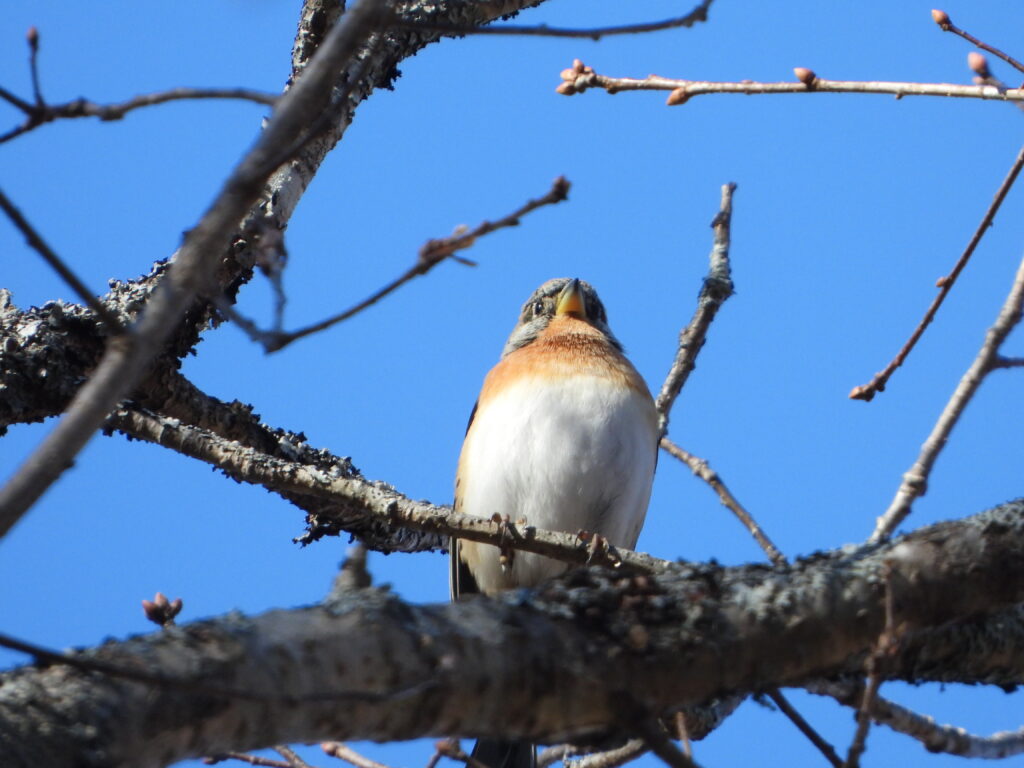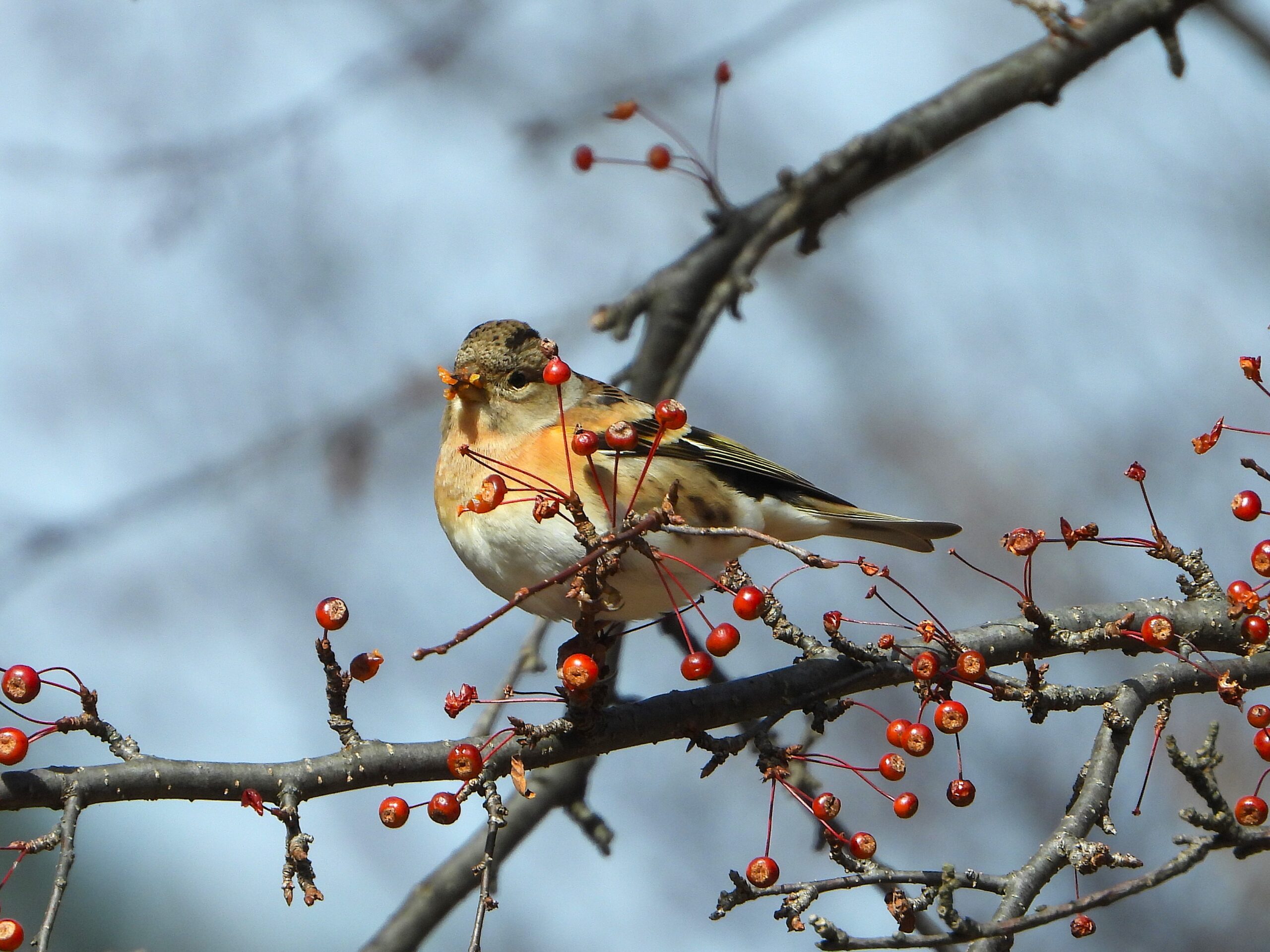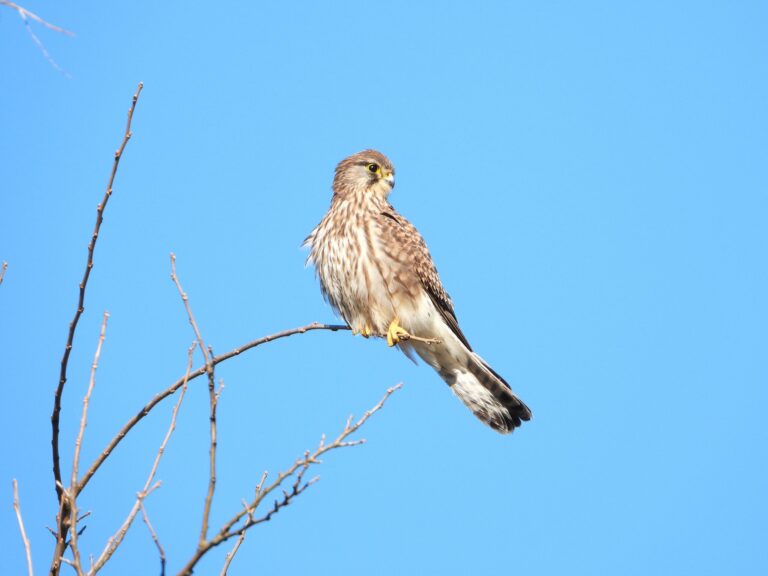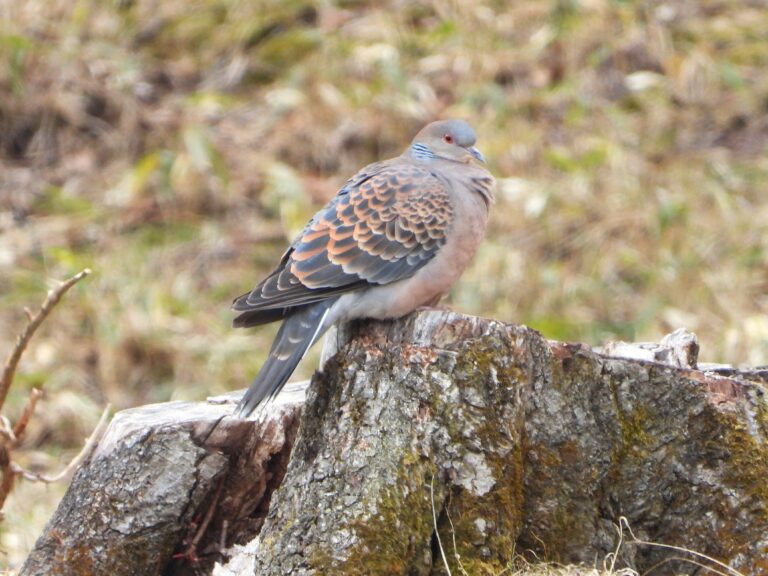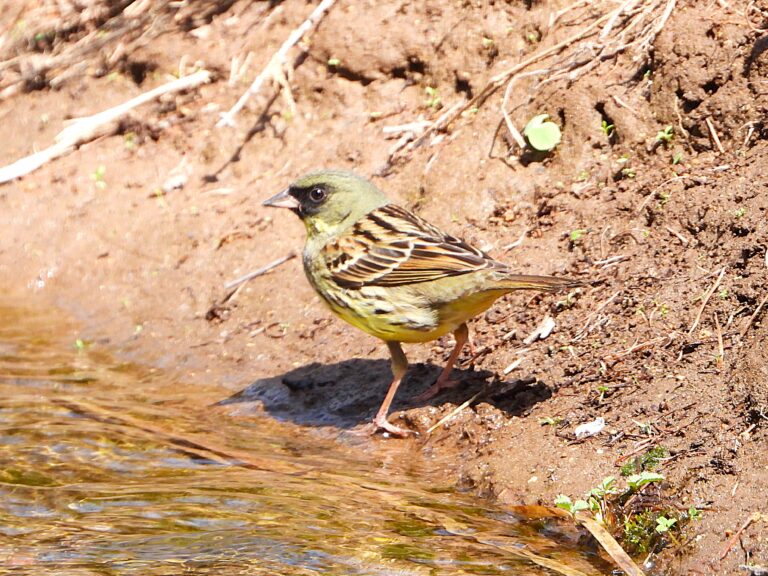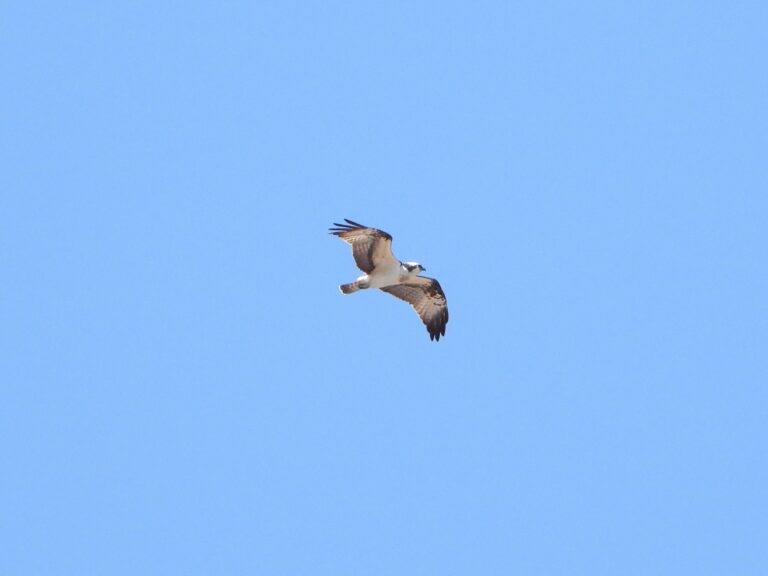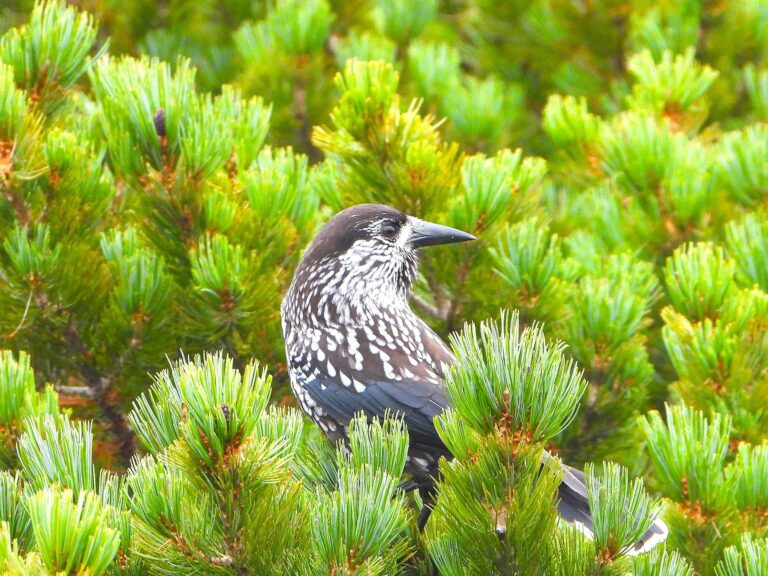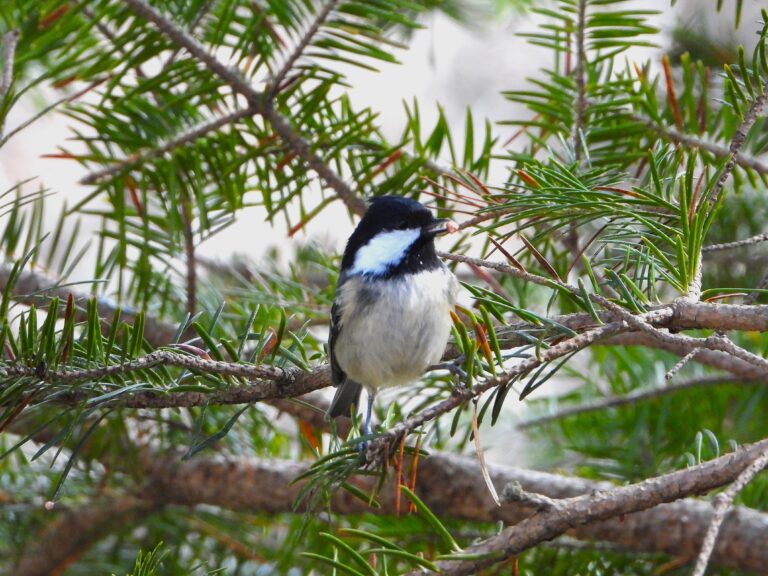Brambling (Fringilla montifringilla) – Wildlife of Japan
Introduction
The Brambling is a northern Eurasian finch that visits Japan mainly in winter. Males show striking orange, black, and white contrasts, while females and non-breeding birds are subtler. Flocks forage on the ground and move restlessly between fields and woodland edges.
Appearance
A small finch about 16 cm long with a stout bill and pointed wings. Breeding males show a black head, orange breast and shoulders, white belly, and white rump, while in winter the head becomes mottled brown. Females and juveniles are duller but share the orange shoulders and white rump. The bill is dark in summer and turns yellowish with a dark tip in winter.
Habitat & Distribution
Breeds in boreal forests across northern Eurasia. In Japan it is a winter visitor nationwide (more frequent in western Japan), typically November–March. Favours mixed woodlands, forest edges, parks, farmland margins, and harvested paddy fields.
Where to See in Japan
In winter (Nov–Mar), search for flocks at open woodland edges, weedy fields near forests, park groves, and post-harvest paddy fields; often mixes with other finches.
Behavior
Highly gregarious in winter, sometimes forming large flocks. They forage mainly on the ground, hopping and picking seeds. In some winters, several hundred to over a thousand Bramblings gather in one area, creating spectacular scenes of synchronized flight. Flight is bounding and swift; flushed birds give sharp calls and wheel together. Numbers vary markedly between winters, reflecting seed crop conditions such as beech mast availability.
Diet
Primarily seeds during winter; insects become important in the breeding season.
Reproduction
Breeds outside Japan in northern forests. Cup nest in trees or shrubs; clutch size is typically 5–7 speckled eggs. Both parents feed the young.
Conservation
Global status: Least Concern. Populations fluctuate with food availability. In Japan, maintaining wintering habitats—wooded edges, seed-rich fields, and riverside scrub—supports the species.
Author’s Impression
On a frosty morning, I watched a mixed flock ripple across a stubbled field—each turn flashing the Brambling’s white rump. I’ve heard they sometimes gather in massive flocks of hundreds or even thousands, though I’ve never witnessed it myself. It must be a truly lucky sight for anyone who does. Once you catch that orange shoulder and crisp patterning, they’re unforgettable.
